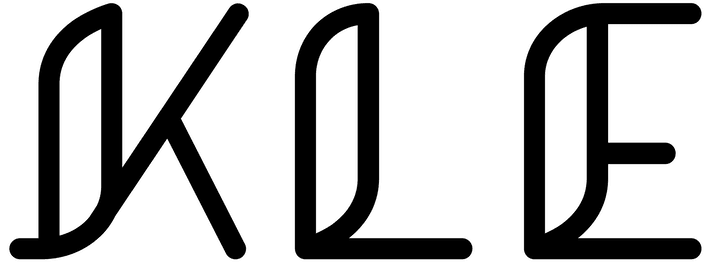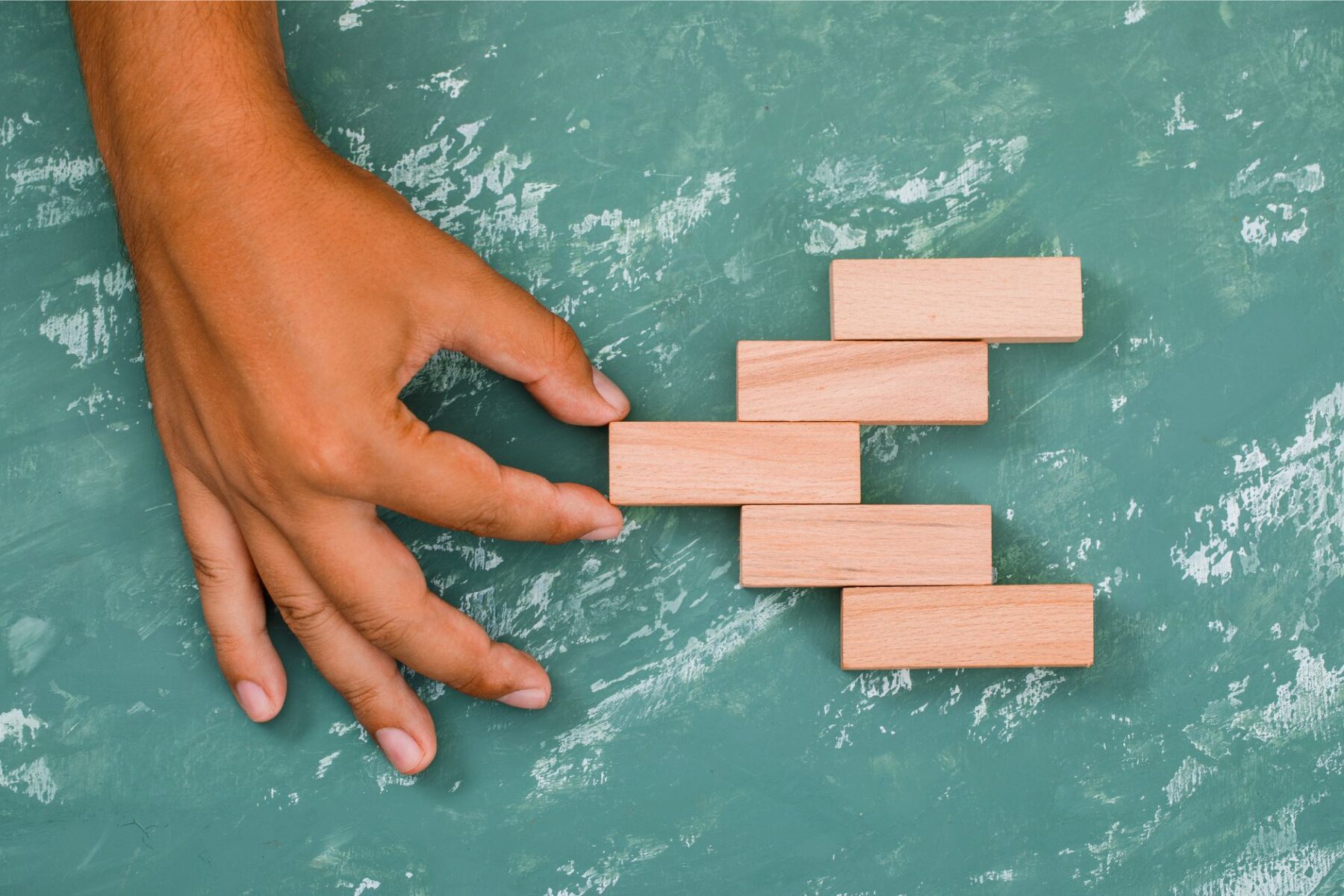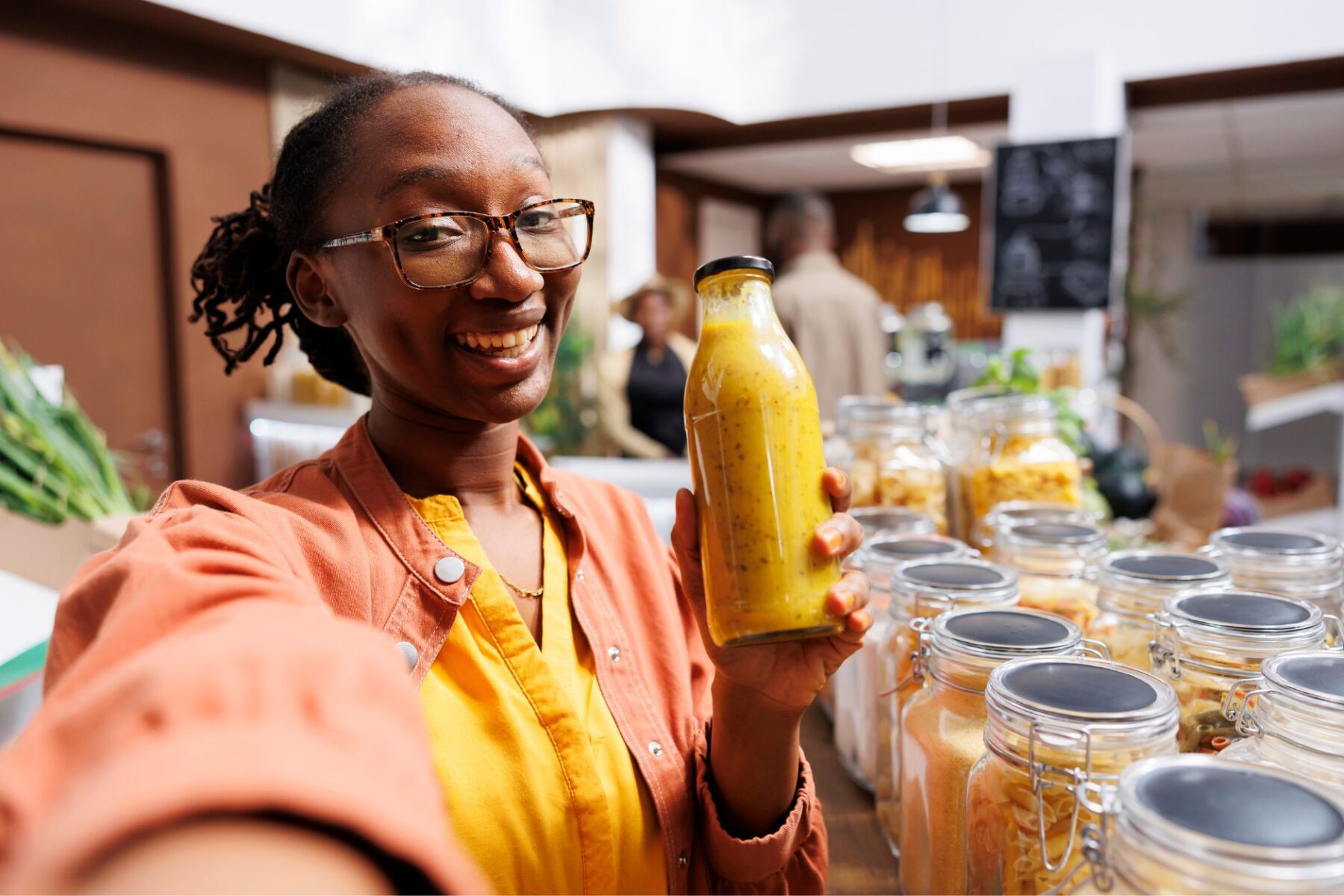
Addressing Period Poverty: Ensuring Menstrual Equity for Women and Girls
Somewhere in the West African City of Ibadan, 14-year-old Mariam’s gaze lingers on the calendar pinned to the peeling wall of the small, cramped room that she shares with her parents and three siblings. It is a silent reminder of the impending arrival of her ‘monthly visitor’, a visitor that brings with it not only physical discomfort but also a profound sense of shame and helplessness.
As the days draw near, Mariam feels a familiar sense of dread creeping into her heart. With no access to menstrual hygiene products and no means to afford them, she would resort to using scraps of old cloth, scavenged from the depths of her wardrobe, to stem the flow of blood that threatened to betray her secret to the world. To further cope, she would intentionally skip school on those days, for fear of leaks from the menstruation, which she now considered as a heavy burden.
Mariam is not alone in cases like this. Many like her, all over the world, also grapple with the harsh realities of lacking access to safe and hygienic menstrual products and sanitation facilities during that time of the month – a struggle referred to as Period Poverty.
Each month, half of the world’s female population, estimated at 1.9 billion individuals, experience menstruation. However, a large number of them don’t have the needed care and resources for this monthly period. According to the World Bank, an estimated 500 million women and girls lack access to menstrual products and adequate facilities for menstrual hygiene management.
For many women and girls around the world, menstruation isn’t just a biological process, but a battle for basic dignity and equality. It’s a harsh reality for millions who juggle the fear of leaks, the sting of infections, and the constant worry of social stigma.
A common misconception is that period poverty is only faced by Africa and other areas of the developing world. It will intrigue you to know that even countries that are considered “first world” still struggle. [In Great Britain, one in eight people find it difficult to purchase products for their menstrual cycle. In the United States, a recent study demonstrated that nearly one in five girls miss school during their period or know someone who does.
So, period poverty is a global issue that requires the attention of all relevant stakeholders across the world. This article aims to shed light on the issue of period poverty, its impact on women and girls, and the urgent need for action to ensure menstrual equity for all.
Understanding Period Poverty
Period poverty refers to the lack of access to menstrual hygiene products, adequate sanitation facilities, and education about menstruation. It disproportionately affects women and girls in low-income communities, where cultural taboos, social stigma, and economic factors compound the challenges of managing menstruation safely and with dignity.

The Detrimental Effects of Period Poverty
- Health Risks: Lack of access to proper menstrual hygiene products can lead to unhygienic practices like reusing sanitary pads or using improvised materials like rags, which increases the risk of infections such as urinary tract infections (UTIs) and reproductive tract infections (RTIs). These infections can have long-term health consequences if left untreated.
- Mental Health Impact: Living in period poverty can have significant psychological effects, including stress, anxiety, and low self-esteem. The constant worry about managing menstruation without adequate resources can take a toll on mental well-being and contribute to depression and other mental health disorders.
- Education Disruption: Period poverty often leads to missed school days for girls, as they may feel embarrassed or uncomfortable attending school while menstruating. This can have long-term consequences on their academic performance and future opportunities.
- Economic Disadvantage: Women and girls who lack access to menstrual hygiene products may face challenges in participating fully in economic activities, including employment, entrepreneurship, and income-generating opportunities. The financial burden of purchasing menstrual hygiene products can also strain household budgets, particularly in low-income communities where every penny counts,
Addressing Period Poverty
- Improving Access to Menstrual Hygiene Products: Efforts should be made to ensure that affordable and accessible menstrual hygiene products, such as sanitary pads or menstrual cups, are available to women and girls in need. This may involve subsidizing the cost of these products or providing them for free through government programs or non-profit organizations.
- Promoting Menstrual Health Education: Comprehensive menstrual health education is essential for breaking the silence and stigma surrounding menstruation. Educating women, girls, and communities about menstrual hygiene, reproductive health, and the importance of menstrual equity can help empower individuals to manage their periods safely and confidently.
- Advocating for Policy Changes: Governments and policymakers must recognize menstruation as a basic human right and prioritize the needs of women and girls in their policies and programs. This includes ensuring access to clean and safe sanitation facilities, as well as integrating menstrual hygiene management into broader health and education initiatives.
Conclusion
Ensuring menstrual hygiene and providing access to menstrual products must be viewed as fundamental human rights rather than luxuries. No young woman should face the uncertainty of missing school days due to her period, nor should any be unable to sit for an exam simply because she lacks the means to afford sanitary pads. Period poverty is a stark reminder of the inequalities that persist in our societies, and it is imperative that we address it with urgency and compassion.
By improving access to menstrual hygiene products, promoting menstrual health education, and advocating for policy changes, we can work towards achieving menstrual equity for all women and girls, regardless of their socio-economic background.
While organizations like The Sanitary Aid Initiative, Flo Haven, and ours – KLE Foundation are helping to tackle this challenge, more hands are needed to eradicate period poverty completely. It will require collective action and commitment from individuals, communities, and governments to create a world where period poverty is a thing of the past. Together, we can create a future where every woman and girl has access to the menstrual hygiene products and education they need to thrive and be their best selves at any given period in time.
P.S: This article is part of the KLE Foundation‘s initiative, in partnership with Flo Haven Organization, to raise awareness and promote education about menstrual hygiene. Our joint mission is to support and empower underprivileged communities by providing access to essential menstrual products and health education. Together, we can make a difference in ensuring menstrual health and dignity for all🫶🏾.







